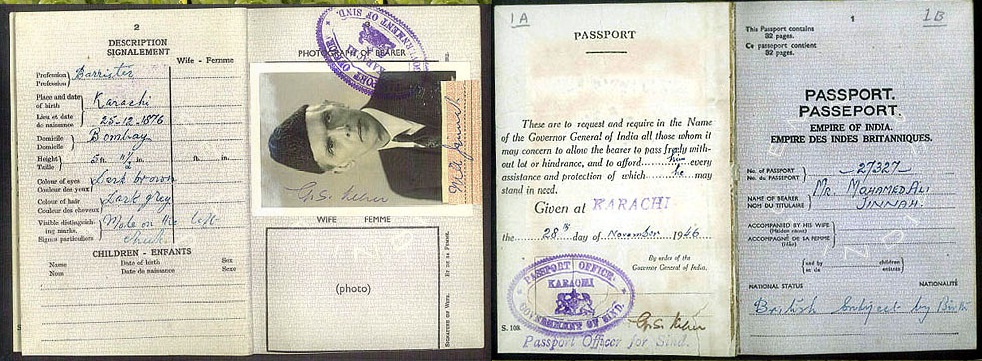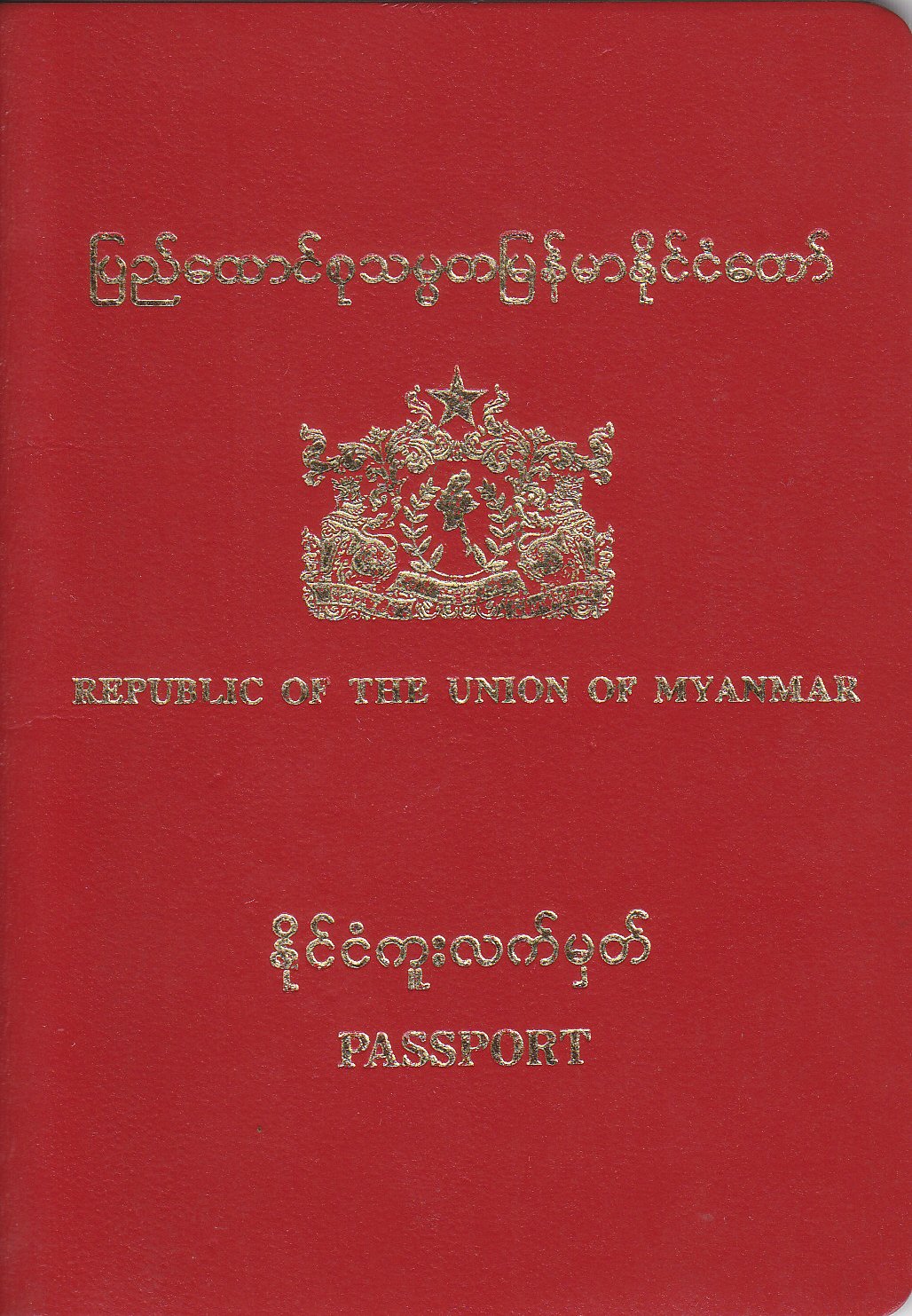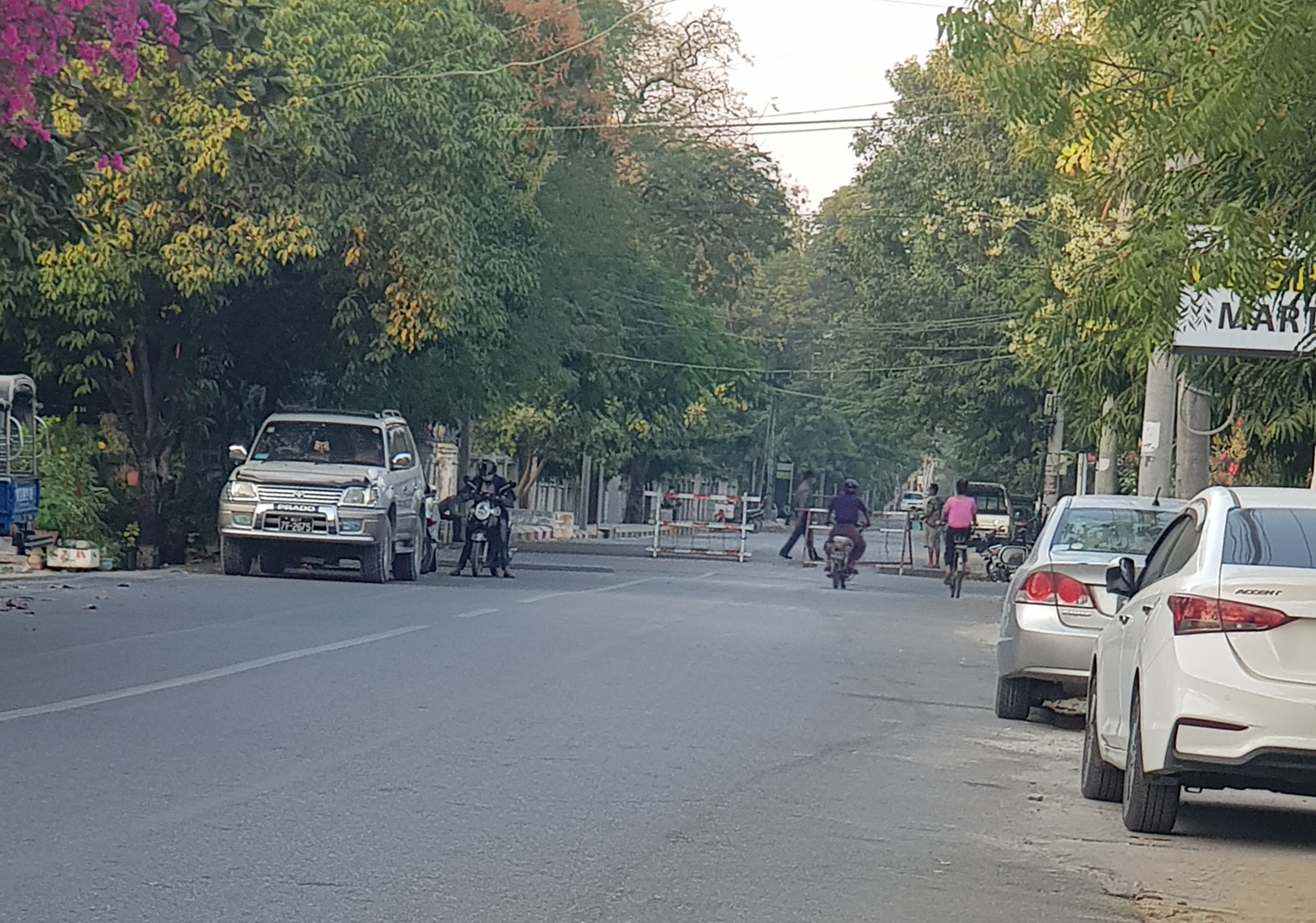|
Myanmar Passport
The Myanmar passport is the passport issued to citizens of Myanmar, formerly Burma, for the purpose of international travel. Offices In 2014, authorities opened new passport issuing centres in Myanmar in addition to the existing two offices in Yangon and Mandalay. The new offices were opened in each seven states and seven regions of Myanmar, and also in the country’s capital Naypyidaw. In 2022, a new QR code system was introduced as a new requirement for applicants. The system was taken offline in December 2022. Many passport applicants now rely on brokers who charge different prices for faster appointment dates. Overseas embassies often require applicants to visit in-person to schedule appointments, placing burdens on applicants in foreign cities without an embassy. Types In April 2010 the Myanmar passport was upgraded from hand-written to machine readable passport. There are three types of passport issued primarily by the Ministry of Home Affairs. Government officials are ... [...More Info...] [...Related Items...] OR: [Wikipedia] [Google] [Baidu] |
Ministry Of Home Affairs (Myanmar)
The Ministry of Home Affairs ( my, ပြည်ထဲရေးဝန်ကြီးဌာန, ''Pyi-dàe-yè-wun-gyì-ta-ná''; abbreviated MOHA) administers Myanmar's internal affairs. The headquarters of the ministry is located in Naypyidaw. It is one of three ministries that are directly controlled by Commander-in-Chief of Defence Services Objectives * State Security * Prevalence of Law and Order * Community Peace and Tranquility * To Carry out Social Rendering Service Departments Current Departments *Union Minister Office *Myanmar Police Force * Bureau of Special Investigation * General Administration Department * Prison Department *Fire Service Department On 28 December 2018, General Administration Department was transferred to the Ministry of the Office of the Union Government from the Ministry of Home Affairs.On 5 May 2021, it was reorganized under MOHA. References See also * Cabinet of Burma {{authority control HomeAffairs Myanmar Myanmar, ; UK ... [...More Info...] [...Related Items...] OR: [Wikipedia] [Google] [Baidu] |
Burmese Names
Burmese names lack the serial structure of most Western names. The Burmans have no customary matronymic or patronymic system and thus there is no surname at all. In the culture of Myanmar, people can change their name at will, often with no government oversight, to reflect a change in the course of their lives. Also, many Burmese names use an honorific, given at some point in life, as an integral part of the name. Traditional and Western-style names Burmese names were originally one syllable, as in the cases of U Nu and U Thant ("U" being an honorific). In the mid-20th century, many Burmese started using two syllables, albeit without any formal structure. In the late 1890s, British scholars observed that Rakhines commonly adopted three-syllable names whereas Burmans were still using one or two at most. As they become more familiar with Western culture, Burmese people are gradually increasing the number of syllables in their children's names, by use of various structures. To ... [...More Info...] [...Related Items...] OR: [Wikipedia] [Google] [Baidu] |
British Raj
The British Raj (; from Hindi language, Hindi ''rāj'': kingdom, realm, state, or empire) was the rule of the British The Crown, Crown on the Indian subcontinent; * * it is also called Crown rule in India, * * * * or Direct rule in India, * Quote: "Mill, who was himself employed by the British East India company from the age of seventeen until the British government assumed direct rule over India in 1858." * * and lasted from 1858 to 1947. * * The region under British control was commonly called India in contemporaneous usage and included areas directly administered by the United Kingdom of Great Britain and Ireland, United Kingdom, which were collectively called Presidencies and provinces of British India, British India, and areas ruled by indigenous rulers, but under British British paramountcy, paramountcy, called the princely states. The region was sometimes called the Indian Empire, though not officially. As ''India'', it was a founding member of the League of Nations, a ... [...More Info...] [...Related Items...] OR: [Wikipedia] [Google] [Baidu] |
British Indian Passport
The British Indian passport was a passport, proof of national status and travel document issued to British subjects of the British Raj, British subjects from other parts of the British Empire, and the subjects of the British protected states in the Indian subcontinent (i. e. the British Protected Persons of the 'princely states'). The title of the state stamped on the outside cover but not inside the passport was the "Indian Empire", which covered all of India, Pakistan, Bangladesh, and Myanmar (Burma). The use of the passport was discontinued after the independence of India and Pakistan in 1947, and its bearers were entitled to opt for Indian, Pakistani or British nationality. History The use of passports was introduced to the British Raj after the First World War. The ''Indian Passport Act of 1920'' required the use of passports, established controls on the foreign travel of Indians, and foreigners travelling to and within the Presidencies and Provinces of British India. ... [...More Info...] [...Related Items...] OR: [Wikipedia] [Google] [Baidu] |
Visa Requirements For Myanmar Citizens
Visa requirements for Myanmar citizens are administrative entry restrictions by the authorities of other states placed on citizens of Myanmar. As of 28 September 2019, Myanmar citizens had visa-free or visa on arrival access to 46 countries and territories, ranking the Myanmar passport 95th in terms of travel freedom according to the Henley Passport Index. Myanmar is also a part of ASEAN and has visa-free access to all other ASEAN states besides Malaysia. Recent changes On 6 September 2017, India has announced e-visa for citizens of Myanmar. Visa requirements map Visa requirements See also *Visa policy of Myanmar * Myanmar passport *Foreign relations of Myanmar References and Notes ;References ;Notes {{Visa policy by country Myanmar Myanmar, ; UK pronunciations: US pronunciations incl. . Note: Wikipedia's IPA conventions require indicating /r/ even in British English although only some British English speakers pronounce r at the end of syllables. As John We ... [...More Info...] [...Related Items...] OR: [Wikipedia] [Google] [Baidu] |
Burmese Language
Burmese (; ) is a Tibeto-Burman language spoken in Myanmar, where it is the official language, lingua franca, and the native language of the Bamar, the country's largest ethnic group. Burmese is also spoken by the indigenous tribes in Bangladesh's Chittagong Hill Tracts, India's Mizoram, Manipur, Tripura states and the Burmese diaspora. The Constitution of Myanmar officially refers to it as the Myanmar language in English, though most English speakers continue to refer to the language as ''Burmese'', after ''Burma''—a name with co-official status until 1989 (see Names of Myanmar). Burmese is the most widely-spoken language in the country, where it serves as the lingua franca. In 2019, Burmese was spoken by 42.9 million people globally, including by 32.9 million speakers as a first language, and an additional 10 million speakers as a second language. A 2023 World Bank survey found that 80% of the country's population speaks Burmese. Burmese is a tonal, pitch-register, and sy ... [...More Info...] [...Related Items...] OR: [Wikipedia] [Google] [Baidu] |
English Language
English is a West Germanic language of the Indo-European language family, with its earliest forms spoken by the inhabitants of early medieval England. It is named after the Angles, one of the ancient Germanic peoples that migrated to the island of Great Britain. Existing on a dialect continuum with Scots, and then closest related to the Low Saxon and Frisian languages, English is genealogically West Germanic. However, its vocabulary is also distinctively influenced by dialects of France (about 29% of Modern English words) and Latin (also about 29%), plus some grammar and a small amount of core vocabulary influenced by Old Norse (a North Germanic language). Speakers of English are called Anglophones. The earliest forms of English, collectively known as Old English, evolved from a group of West Germanic ( Ingvaeonic) dialects brought to Great Britain by Anglo-Saxon settlers in the 5th century and further mutated by Norse-speaking Viking settlers starting in ... [...More Info...] [...Related Items...] OR: [Wikipedia] [Google] [Baidu] |
Mi Mi Khaing
Mi Mi Khaing ( my, မိမိခိုင် ; 1916 – 15 March 1990) was a Burmese scholar and writer who authored numerous books and articles on life in Burma during the 20th century. She is notable as one of the first women to write in English about Burmese culture and traditions. Life Born of Mon ancestry, Mi Mi Khaing grew up during the British colonial rule of Burma and was educated in British schools. She attended St. John's Convent School, and gained first a BA (Hons) from Rangoon University and then a BSc from King's College London.'Daw Mi Mi Khaing (1916–1990)', in Anne Commire, ed., Dictionary of Women Worldwide''Republishedat encyclopedia.com. Accessed 11 February 2020. She married Sao Saimong, a noted scholar and a member of the royal family of Kengtung State, one of the Shan States. In addition to her writing career, she also established Kambawza College in Taunggyi and served as its principal. In later life she lost her sight as the result of a brain ... [...More Info...] [...Related Items...] OR: [Wikipedia] [Google] [Baidu] |
Matronymic
A matronymic is a personal name based on the given name of one's mother, grandmother, or any female ancestor. It is the female equivalent of a patronymic. Around the world, matronymic surnames are far less common than patronymic surnames. In some cultures in the past, matronymic last names were often given to children of unwed mothers. Or if a woman was especially well known or powerful, her descendants might adopt a matronym based on her name. A matronymic is a derived name, as compared to a matriname, which is an inherited name from a mother's side of the family, and which is unchanged. Terminology of English The word ''matronymic'' is first attested in English in 1794 and originates in the Greek μήτηρ ''mētēr'' "mother" ( GEN μητρός ''mētros'' whence the combining form μητρo- ''mētro''-), ὄνυμα ''onyma'', a variant form of ὄνομα ''onoma'' "name", and the suffix -ικός -''ikos'', which was originally used to form adjectives with the sense ... [...More Info...] [...Related Items...] OR: [Wikipedia] [Google] [Baidu] |
Patronymic
A patronymic, or patronym, is a component of a personal name based on the given name of one's father, grandfather (avonymic), or an earlier male ancestor. Patronymics are still in use, including mandatory use, in many countries worldwide, although their use has largely been replaced by or transformed into patronymic surnames. Examples of such transformations include common English surnames such as Johnson (son of John). Origins of terms The usual noun and adjective in English is ''patronymic'', but as a noun this exists in free variation alongside ''patronym''. The first part of the word ''patronym'' comes from Greek πατήρ ''patēr'' "father" ( GEN πατρός ''patros'' whence the combining form πατρο- ''patro''-); the second part comes from Greek ὄνυμα ''onyma'', a variant form of ὄνομα ''onoma'' "name". In the form ''patronymic'', this stands with the addition of the suffix -ικός (''-ikos''), which was originally used to form adjectives with t ... [...More Info...] [...Related Items...] OR: [Wikipedia] [Google] [Baidu] |
2021 Myanmar Coup D'état
A coup d'état in Myanmar began on the morning of 1 February 2021, when democratically elected members of the country's ruling party, the National League for Democracy (NLD), were deposed by the Tatmadaw—Myanmar's military—which then vested power in a military junta. Acting president Myint Swe proclaimed a year-long state of emergency and declared power had been transferred to Commander-in-Chief of Defence Services Min Aung Hlaing. It declared the results of the November 2020 general election invalid and stated its intent to hold a new election at the end of the state of emergency. The coup d'état occurred the day before the Parliament of Myanmar was due to swear in the members elected at the 2020 election, thereby preventing this from occurring. President Win Myint and State Counsellor Aung San Suu Kyi were detained, along with ministers, their deputies, and members of Parliament. On 3 February 2021, Win Myint was charged with breaching campaign guidelines an ... [...More Info...] [...Related Items...] OR: [Wikipedia] [Google] [Baidu] |





